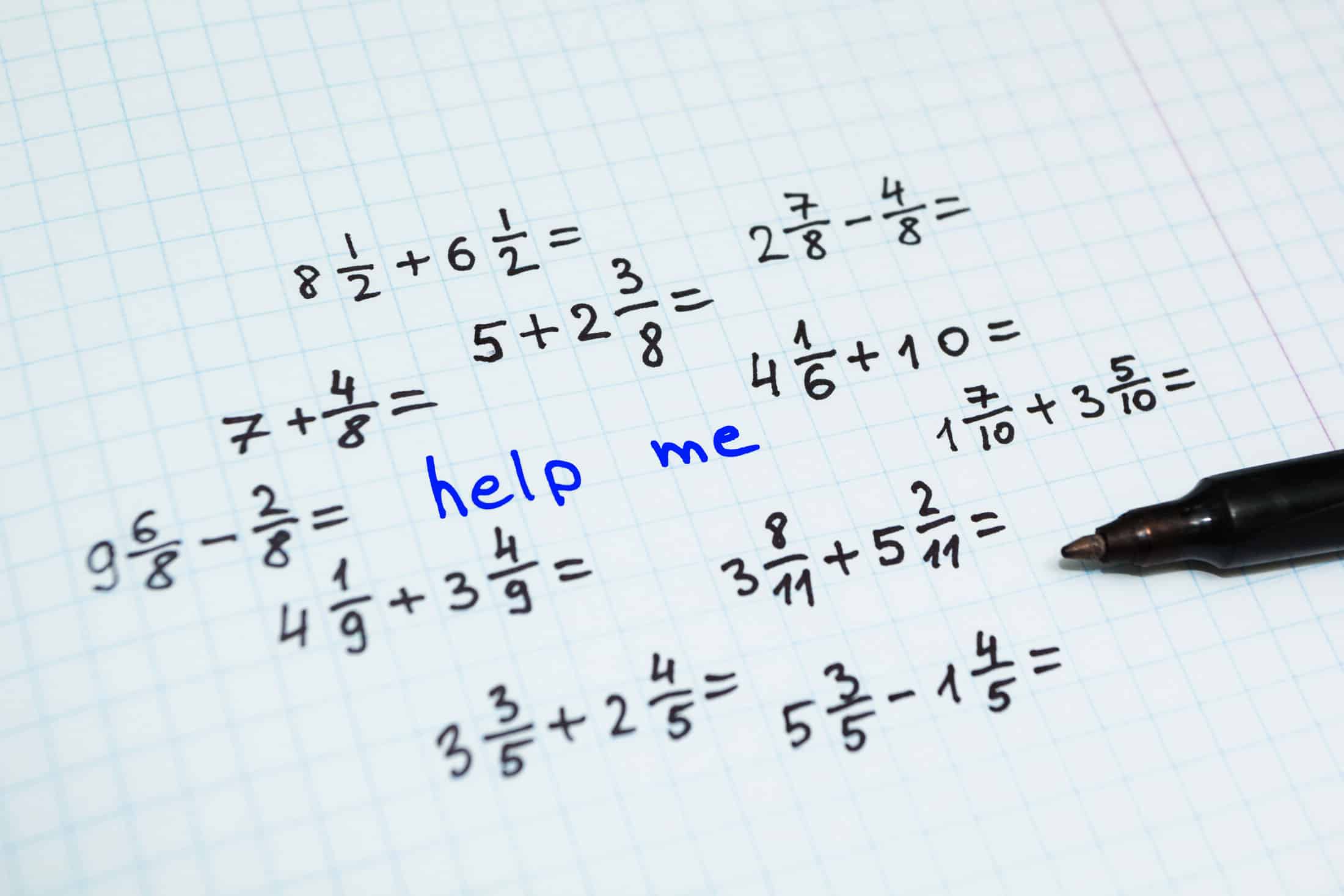 by Heather Copps, Groves Academy RTI Specialist
by Heather Copps, Groves Academy RTI Specialist
Growing up, I never particularly enjoyed or understood math. I knew the process of subtraction with “borrowing,” but I didn’t understand the why. Math became more difficult as I moved through each grade. In college, I avoided it entirely. This is why I empathize with our students who struggle and why I am constantly seeking to learn more. I earned my first degree in reading and literacy (again, avoiding math). I started my career working as a Reading Specialist, but soon began teaching Math intervention also. Now I teach struggling students in both areas, working in small groups and 1:1 in the Lower School at Groves Academy.
Last Summer, I completed my second degree in Special Education at St. Thomas University. I decided to focus my Masters Research Project on Math learning through the lens of executive functioning. This is an important topic in education as teachers are learning new ways to scaffold student learning aside from content knowledge. What I found is that executive functioning, or rather the ability to organize and plan tasks to achieve goals, originates in our working memory. Three executive processes serve as the conductor for taking in, organizing, utilizing, and storing information. These processes help us shift between tasks, update new relevant information while releasing irrelevant data in our working memory, and inhibit impulses. They are referred to as shifting, updating, and inhibition.
Take, for instance, the following word problem.
Kenneth works for 3 days at the Mill City Market selling plants. On day 1, he sells 40 plants.
On day 2, he sells twice as many. On day 3 he sells 100 plants.
How many plants did he sell altogether?
In order to solve this problem, students will need to update the relevant information. They will see several numbers: 3, 1, 2, 3, 40 & 100. What are the important numbers? What do we do with them? An impulse may be to simply add them because we see that keyword “altogether.” At the very least add 40 and 100. This impulse must be inhibited as they sort through the information. Indeed, students will eventually use addition to solve the problem, but they must also double the amount from the first day to find how many plants were sold on day 2. To do this, they will need to shift tasks. The final equation should look something like:
40 + (40×2) + 100 = 220 total plants sold
These executive processes in our working memory become very busy when problem-solving. If one function is not working as well or processing is slow, math can become a struggle. In fact, research shows that the process of updating relevant information is the most challenging and is mostly correlated with math progress.
Teachers at Groves are very aware of these issues of executive functioning in our students. All of our students learn differently, however, our teachers know that incorporating outlines and scaffolds will help all students organize relevant information and skillsets to encourage correct problem solving and inhibit impulses.
When you are helping your child with math at home, help him or her to highlight and identify the most relevant information, first and foremost. Cross out irrelevant or used info. This includes numbers but also other information such as keywords like “twice as many.” Keep the information organized on the page, so that they can understand not only the important information but also what skills are required. Take a breath and help your child consider two or three strategies for problem-solving and decide which is best to avoid impulsively going with the first thing that comes to mind. And know that we all can learn math.
Many students have a fixed mindset about math. They think that they simply cannot do it. Some adopt this from parents who were told that they are not a “math person.” If we, as parents and educators, can clear a path for learning by teaching about and aiding executive functions and working memory, then ability can shine in our students, and confidence will grow. What was once a struggle can become a welcome challenge or even an easy task. Ultimately, this is what we all want to see in math and all subject areas for our community of young learners.
If we, as parents and educators, can clear a path for learning by teaching about and aiding executive functions and working memory, then ability can shine in our students, and confidence will grow.
NEVER MISS AN UPDATE
Don’t forget to sign up for our news and blog updates in the purple box below- and follow us on social media so you don’t miss a thing.
LinkedIn | Facebook | YouTube | Twitter | Instagram
Share your news, success story, or meaningful moment about Groves. Click here.

